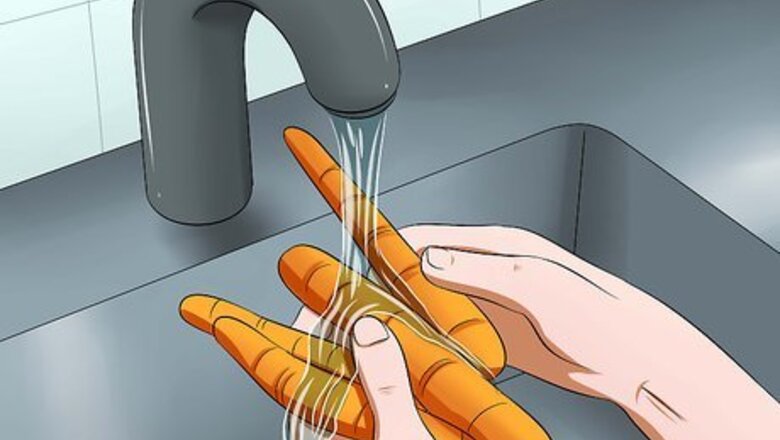
views
Preparing the Carrot
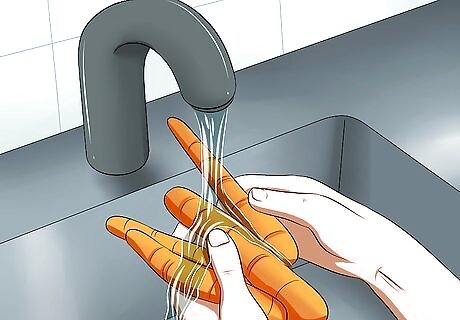
Wash the carrot thoroughly. Produce purchased in the supermarket is often sprayed with commercial pesticides before being picked and sold. It's a good idea to wash carrots thoroughly before serving them to a hamster. Make sure your carrot is free of any bruises or damage. Cut off any bruised or damaged sections. Then, wash your own hands for about 20 seconds in warm water using soap. Hold the carrot under cool running water. Rub the carrot as you wash it to get rid of any dirt or grime. Dry the carrot with a clean paper cloth or towel.
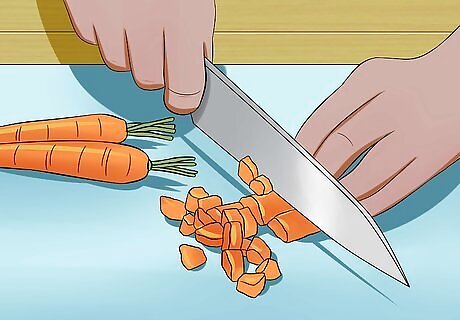
Cut it up into small parts. As hamsters are small, you'll need to the cut the carrot before serving. Cut it into tiny pieces. If you have a food processor or a cheese shredder, consider using this device on the carrot to grind it into thin, shredded segments. This will be easier for your hamster to eat.
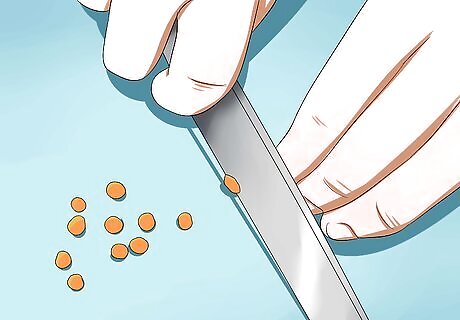
Trim down sharp edges. After cutting the carrot, check for sharp edges. You should not give your hamster food that has sharp edges. These can puncture the insides of your hamster's mouth and, in rare cases, even cause an abscess. If you see any pointy edges on the carrot, cut them off with a knife to form a more rounded edge.
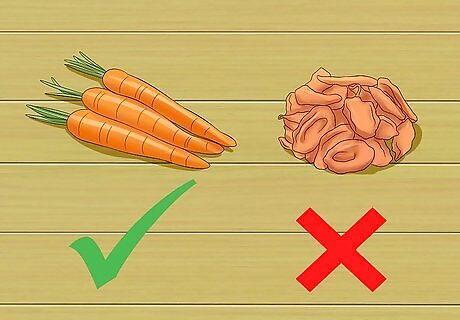
Use fresh carrots with no additives. Dried vegetables made for human consumption often contain additives and preservatives that might not be safe for your hamster. Only use fresh carrots that have not been processed. These are the safest and healthiest for your hamster.
Serving the Carrot
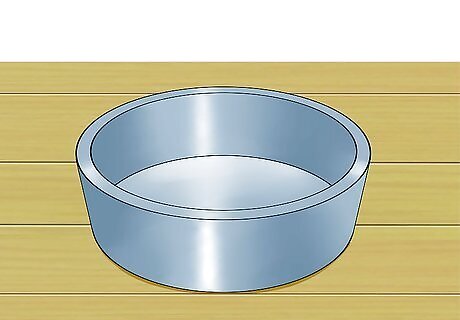
Prepare the food bowl. You should serve your hamster food and treats in a small bowl. Go for a ceramic food dish over a plastic one. Ceramic dishes are sturdier and hamsters are less likely to chew on them. Place the bowl in an area of the cage that's far away from where your hamster usually uses the bathroom.
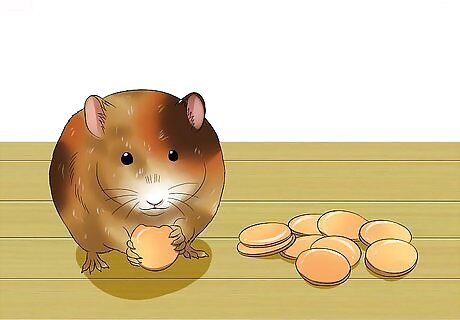
Introduce new foods in small amounts. New foods, even healthy foods, should be introduced slowly. Unfamiliar substances can bother a hamster's digestion, causing constipation or diarrhea. Give your hamster only a small portion of the carrot at first, like one thin slice or shred.
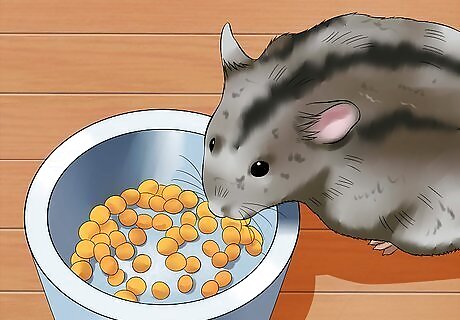
Allow your hamster to try the carrot. After placing the carrot in your hamster's bowl, allow him to eat his new food. You can try mixing the carrot in with his regular pellets or dry food to try to encourage him to taste the carrot. Not every hamster will take to every type of vegetable. Your hamster may simply dislike carrots. If this is the case, there are a variety of other vegetables you can add to your hamster's diet.
Moving Forward
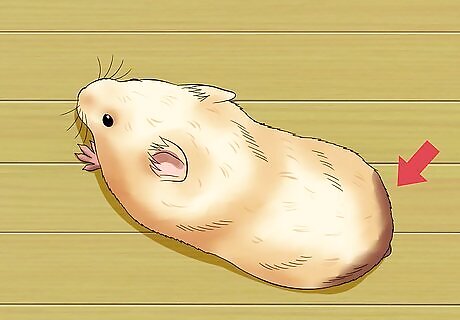
Watch for digestive changes. You want to make sure your hamster is able to digest carrots well. If your hamster has trouble processing carrots, you'll want to remove them from his diet. Keep an eye on your hamster for a few days after introducing the new food to make sure he's able to keep it down. Examine your hamster's rear end. If you notice any smears or stains, he may have diarrhea. A wet tail is also a sign of diarrhea in a hamster. It may also indicate a bacterial infection in the gut. If you notice an absence of droppings in your hamster's cage, he may be suffering from constipation. This can happen when being introduced to a new food. Any digestive problems that go on for longer than a week should be evaluated by a veterinarian.
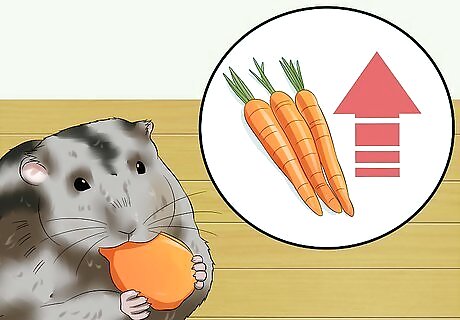
Increase the amount of carrot if your hamster enjoys it. If your hamster digests the carrot and seems to enjoy the food, add more carrot to his diet. Gradually increase the amount of carrot you feed him. However, keep the amount of carrot relatively small overall. Your hamster needs nutrients from his pellets and other store-bought foods. Too much of a certain food he enjoys, like carrots, may discourage him from eating his pellets.

Consider introducing your hamster to other fresh veggies. Hamsters enjoy a variety of fruits and vegetables as part of a balanced diet. For veggies, you can try squash, broccoli, cauliflower, cucumber, romaine lettuce, and spinach. For fruits, try berries, apples, bananas, and pears. Do not feed your hamster citrus fruit like lemons or oranges. Citrus fruit can be toxic to a hamster. Wash any produce you feed your hamster thoroughly. Always introduce new foods gradually.



















Comments
0 comment